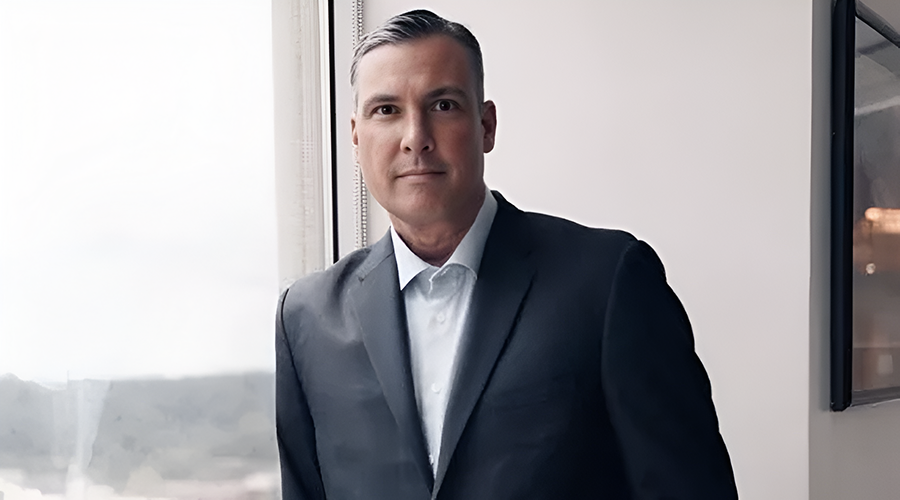Executive Springboard mentor John Keppeler shared an anecdote from his first time leading a company’s sales function. It was at CNS, the company that made Breathe Right nasal strips. Its CEO, Marti Morfitt, told John, “You are a really good sales guy. Learn what it takes to contribute to a cross-functional management team. Don’t be afraid of getting out of your lane.”
It happens all the time in the work we do with executives. A mentor is selected on the basis of shared experience, functional and otherwise. The mentor and mentee speak the same language. The mentor’s experience is relevant to the situations the executive faces. But the conversations are seldom about being a better CFO or CIO; they are about becoming a valued member of a leadership team.
Gaurav Lahiri, Jeff Schwartz, and Erica Volini of Deloitte wrote about the symphonic C-suite in 2018. Their notion was that the future of C-suites would be “specialized experts playing in harmony – instead of a cacophony of experts who sound great alone, but not together.” At the time, it seemed like an aspirational model; egos and turf protection were defining characteristics of many leadership teams that collaborated in crises but were often dysfunctional.
Our hopes for a symphonic C-suite were that it could better serve the expanding, increasingly complicated goals of organizations. The marketplace has become a driver of social progress. Employees increasingly seek meaning in their work. Large companies are looking for how they can address global challenges like decarbonization. These new social purposes require cross-functional collaboration. Sometimes this involves the whole C-suite; other times it might require the heads of marketing, supply chain and IT to work on digital solutions or the CHRO and CFO to work through equity issues.
COVID’s impact on symphonic progress was inconsistent. Some teams pulled together, using technology to work better remotely. Others reverted to individual survival strategies, and teamwork suffered.
Now, we begin to glimpse a post-COVID world. We’ve learned just how much a motivated workforce can adapt in real time. There is optimism that demand will be take a leap forward, and we will function less in survival mode. The big issues beyond shareholder value that we want to tackle are still ahead of us. We are heading towards a hybrid office that offers the best of both worlds of independent work at home and the return of face-to-face collaboration. What happens now?
It happens all the time in the work we do with executives. A mentor is selected on the basis of shared experience, functional and otherwise. The mentor and mentee speak the same language. The mentor’s experience is relevant to the situations the executive faces. But the conversations are seldom about being a better CFO or CIO; they are about becoming a valued member of a leadership team.
Gaurav Lahiri, Jeff Schwartz, and Erica Volini of Deloitte wrote about the symphonic C-suite in 2018. Their notion was that the future of C-suites would be “specialized experts playing in harmony – instead of a cacophony of experts who sound great alone, but not together.” At the time, it seemed like an aspirational model; egos and turf protection were defining characteristics of many leadership teams that collaborated in crises but were often dysfunctional.
Our hopes for a symphonic C-suite were that it could better serve the expanding, increasingly complicated goals of organizations. The marketplace has become a driver of social progress. Employees increasingly seek meaning in their work. Large companies are looking for how they can address global challenges like decarbonization. These new social purposes require cross-functional collaboration. Sometimes this involves the whole C-suite; other times it might require the heads of marketing, supply chain and IT to work on digital solutions or the CHRO and CFO to work through equity issues.
COVID’s impact on symphonic progress was inconsistent. Some teams pulled together, using technology to work better remotely. Others reverted to individual survival strategies, and teamwork suffered.
Now, we begin to glimpse a post-COVID world. We’ve learned just how much a motivated workforce can adapt in real time. There is optimism that demand will be take a leap forward, and we will function less in survival mode. The big issues beyond shareholder value that we want to tackle are still ahead of us. We are heading towards a hybrid office that offers the best of both worlds of independent work at home and the return of face-to-face collaboration. What happens now?
- 1. Leaders have to get whole. Mental health issues have hit the C-suite harder than the rest of the employee base. Their ability work collectively will suffer if they are still suffering as individuals.
- 2. Members of the C-suite need to follow Ms. Morfitt’s advice and learn to get out of their own lane. This might be working closely in subgroups or contributing to the function of the larger C-suite.
- 3. C-suite members have the opportunity to provide situational leadership with the peers, when their expertise is valuable to the entire team. For instance, Chief Sales Officers have been able to leverage their experience leading a distributed work force, to the benefit of their peers during COVID.
- 4. The CEO and CHRO should assume conductor roles, enabling their colleagues to form bonds of collaboration. Interpersonal tension never goes away, but people need to establish positive working relationships to common goals.
- 4. The leadership team needs to create its own micro-culture of how members will interact. Values like assumption of positive intent and cabinet responsibility should be established to facilitate teamwork.
- 5. Incentive systems should cascade from common corporate objectives, so functional leaders don’t find themselves at cross-purposes with their colleagues.
- 6. Senior execs can create capacity by nurturing their reports’ development in functional leadership. In the process, they groom the C-suite’s next generation.

